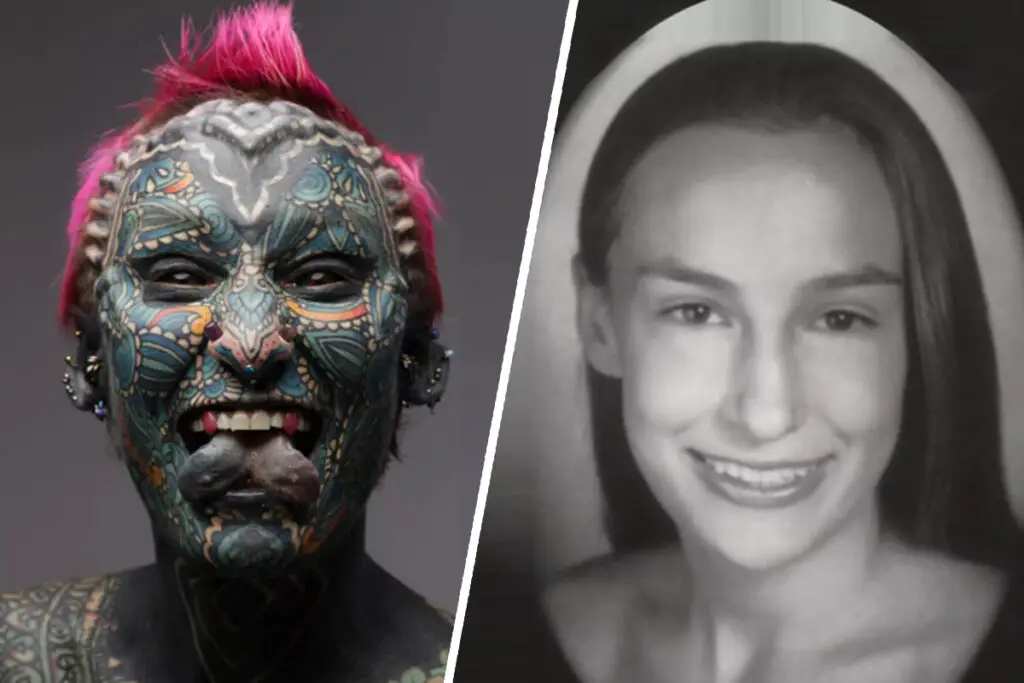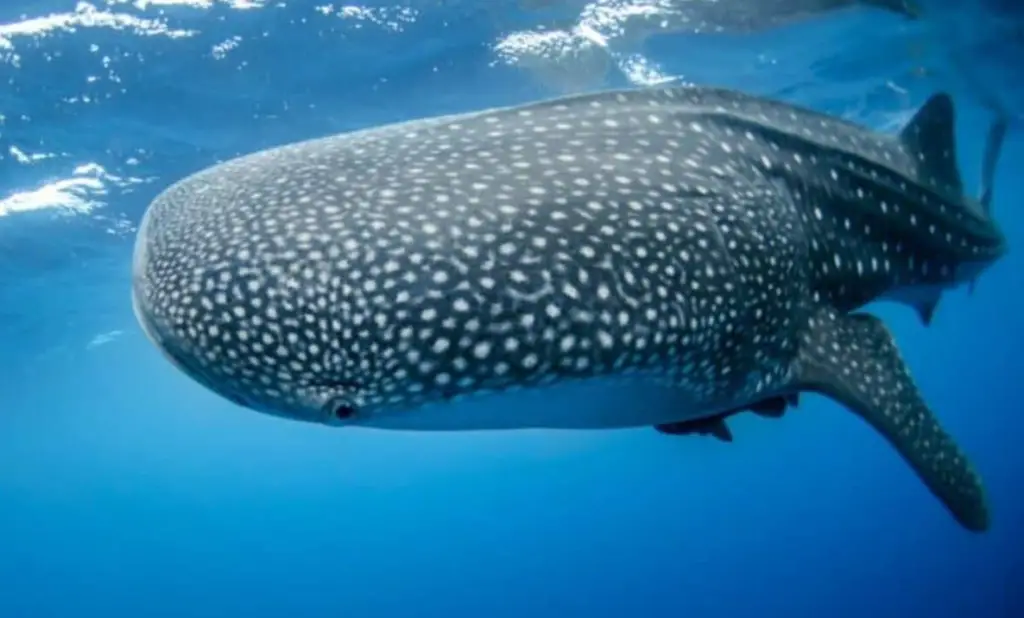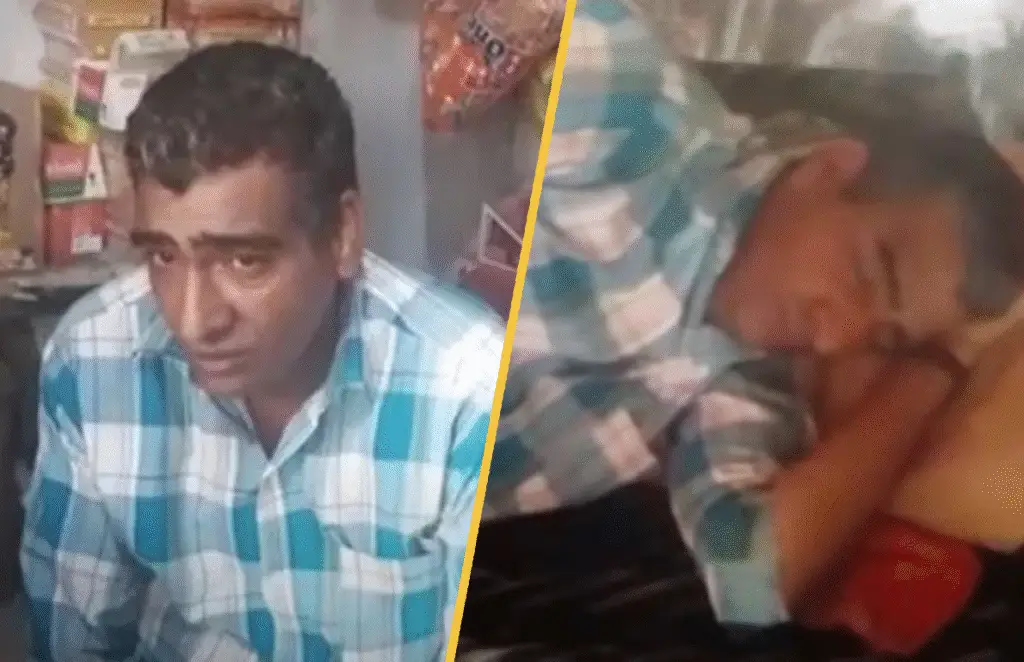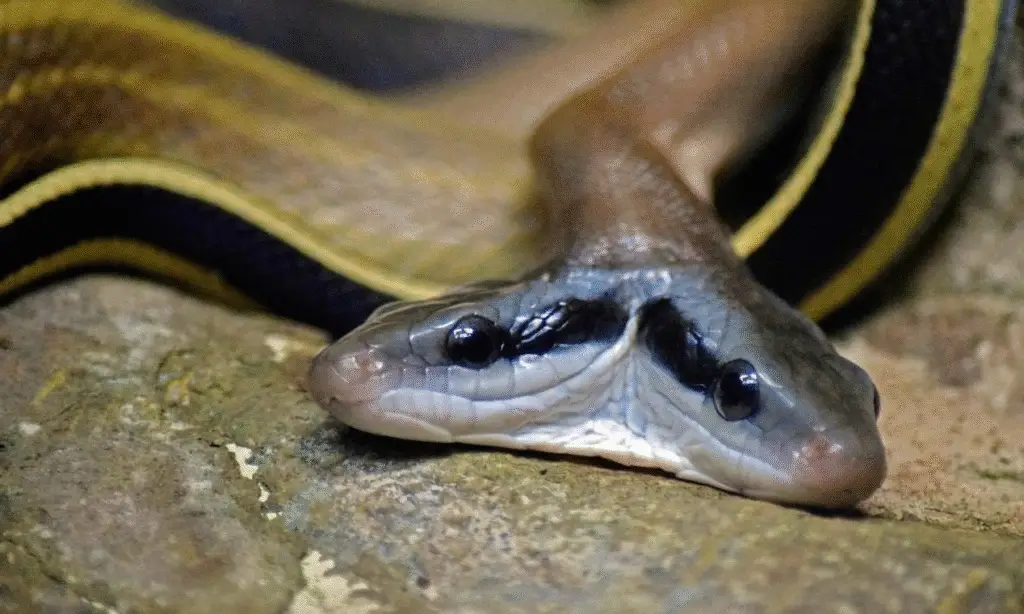Chimpanzees in Uganda Show Remarkable First Aid Skills Using Medicinal Plants

In a discovery that feels like it’s straight out of a nature documentary, scientists have caught wild chimpanzees in Uganda’s Budongo Forest using plants to treat their wounds—and sometimes even patching up their injured buddies.
It’s like they’ve got their own jungle pharmacy, and honestly, it’s pretty mind-blowing.
These aren’t random acts; they’re deliberate, sophisticated behaviors that hint at a level of intelligence and care we often think of as uniquely human.
Researchers from the University of Oxford, led by Dr. Elodie Freymann, spent months observing two chimpanzee communities, Sonso and Waibira, in the lush Budongo Forest.
What they saw was nothing short of astonishing: chimps engaging in what can only be described as first aid.
They were licking wounds, pressing on them with fingers (sometimes after licking those fingers first), and using leaves to dab or even chew and apply directly to injuries.
“Chimpanzee wound care is surprisingly diverse,” Dr. Freymann explained in an interview with BBC News.
“They lick their wounds to clean them and maybe even use saliva’s antimicrobial properties. Then there’s finger pressing, leaf-dabbing, and even chewing plants to make a sort of poultice.” It’s like watching a chimp version of a field medic at work.
But here’s where it gets really interesting: it’s not just about self-care.
Out of 41 recorded cases of wound care, seven involved one chimp helping another.
That’s right—chimps were seen tending to the wounds of their peers, suggesting a level of empathy or altruism that’s got researchers scratching their heads.
It’s almost as if they’re saying, “Hey, you got banged up in that scuffle? Let me fix you up with this leaf.”
This isn’t the first time chimps have been caught using plants medicinally.
Last year, the same Oxford team found that chimps eat specific plants to self-medicate for internal ailments.
But this new study, published in Frontiers in Ecology and Evolution, takes it a step further, showing that chimps use plants externally for wound care—and sometimes share the love with others in their group.
Life in Budongo Forest isn’t exactly a walk in the park for these chimps.
About 40% of the Sonso community has been spotted with snare injuries—nasty traps set by humans that can cause serious harm.
Add to that injuries from fights within the group or accidental falls, and you’ve got a pretty rough environment.
So, when you’re a chimp in a dangerous world, knowing how to patch yourself up—or having a buddy who can—could be a game-changer.
Over four months, the researchers documented 12 injuries in Sonso, likely from within-group conflicts, and five in Waibira, including one female injured by a snare and four males hurt in fights.
They recorded 41 cases of care, with 34 instances of self-care and seven of helping others.
Remarkably, all the chimps in the study recovered from their wounds, though it’s hard to say whether the plant-based first aid was the key to their recovery.
To dig deeper, scientists identified some of the plants the chimps were using and tested them for antibacterial properties.
Most of these plants turned out to have compounds that could help with wound healing.
So, no, the chimps aren’t just grabbing random leaves—they’re picking ones that actually work.
It’s like they’ve got an innate knowledge of herbal medicine, which is honestly kind of humbling.
But it’s not just about wounds. The researchers also noted hygiene behaviors, like chimps using leaves to clean their genitals after mating or wiping their anus after defecation.
These practices might help prevent infections, showing that chimps are thinking about health in ways we didn’t expect.
One logbook entry from the 1990s even described a chimp using leaves to wipe itself after a bathroom break—talk about keeping it clean!
This study builds on decades of observations in Budongo Forest, with logbooks dating back to the 1990s documenting leaf-dabbing and chimps helping each other remove snares.
The researchers also drew on video evidence from the Great Ape Dictionary database and surveyed other scientists who’ve seen chimps treating injuries or illnesses.
It’s clear this isn’t a one-off behavior—it’s part of a broader repertoire of health-care practices.
So, why does this matter? For one, it adds to a growing body of evidence that primates—chimps, orangutans, gorillas—use nature’s resources to stay healthy in the wild.
It’s a testament to their intelligence and social complexity. But it also raises big questions about the roots of human medicine.
If chimps are out here playing doctor, maybe our own ancestors did something similar long before we had pharmacies or hospitals.
“Seeing chimpanzees care for each other’s wounds is incredibly moving,” Dr. Freymann said.
“It makes you wonder about the origins of our own medical practices. Perhaps the seeds of human medicine were sown in the behaviors of our primate ancestors.” I mean, think about it: we share about 98.8% of our DNA with chimps.
If they’re capable of this, maybe we inherited some of that know-how.
Not everyone’s on the same page, though. Some experts argue this behavior is purely instinctual, a survival mechanism shaped by evolution.
Others, like Dr. Freymann, think the variety of techniques and the fact that chimps help others point to something more complex—maybe even empathy or altruism.
The truth is probably somewhere in the middle, but it’s a debate that’s got the scientific community buzzing.
There’s still a lot we don’t know. While all the chimps in the study recovered, we can’t say for sure if the plants were the reason.
More research is needed to pin down which plants are most effective and whether this care reflects true empathy.
The researchers also noted that differences in how habituated the Sonso and Waibira communities are to humans might skew observations, especially for rare behaviors like helping others.
Then there’s the sobering reality of why these chimps need first aid in the first place.
Snares, set by humans, are a major threat, and the fact that 40% of Sonso chimps have been injured by them is a stark reminder of our impact on their world.
These chimps are surviving despite us, not because of us. It makes you wonder if we should be taking notes from them on how to live more harmoniously with nature.
This discovery is a humbling reminder of how much we share with our primate cousins.
In Budongo Forest, the line between “us” and “them” gets a little blurrier, as chimps show us that care, compassion, and maybe even medicine aren’t just human traits.
They’re part of a deeper, shared story—one that’s still unfolding.
| Aspect | Details |
|---|---|
| Study Location | Budongo Forest, Uganda |
| Researchers | University of Oxford, led by Dr. Elodie Freymann |
| Chimp Communities | Sonso and Waibira |
| Observed Behaviors | Wound licking, finger pressing, leaf-dabbing, applying chewed plant material |
| Injuries Documented | 12 in Sonso (likely from conflicts), 5 in Waibira (1 snare, 4 fights) |
| Care Instances | 41 total (34 self-care, 7 helping others) |
| Plant Properties | Most plants tested had antibacterial properties |
| Recovery Rate | All observed chimps recovered from injuries |
| Additional Behaviors | Hygiene practices like cleaning genitals and anus with leaves |
































